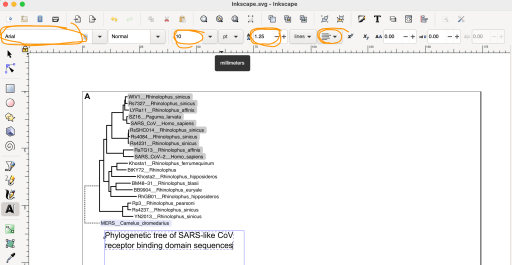Both due to child-care and pandemic reasons, our originally 100% in-person lab meeting for a time was 100% remote and for the last few months have been 100% hybrid. For overall accessibility reasons, I’ll likely have hybrid remain the default option, and only not bother to set up the Zoom when it’s clear absolutely everybody is going to be in attendance in-person. Over time, I think I’ve better learned how I should be setting up the hybrid lab meeting, and I figure I’d write down the steps here so I can remember (and anybody else can do so if they’re setting things up).
Standard flexible format (ie. Nobody needs presenter mode)
Here, the laptop plugged into the projector is providing the sights and sounds of the conference room, but is simply serving as a “viewer” of the slides in Zoom. Here, I’ll assume this is being done with the common lab laptop (Kenny’s old laptop from 2019), although anyone’s laptop should work.
- Plug in the 360 degree camera into the common lab laptop. If you also want to use a different external microphone (ie. if you don’t want to use the microphone associated with the 360 degree camera), then plug that in now too.
- Log into the lab meeting on Zoom. Confirm that the right camera and microphone are selected. Make sure the sound is up to the maximum, and that this computer remains unmuted.
- Using the USB-C adapter, hook up the laptop to either the projector or the wheeled TV. The adapter will allow for connecting to the projector with the existing VGA cord, or the TV with an HDMI connection.
- Make sure the Zoom screen is showing on the projector / TV screen.
- To actually use this setup, the idea will be that 1) anybody with their own computer can log into the lab meeting Zoom and share their desktop or window with the presentation (powerpoint file or google slides, for example), or 2) if it’s someone without their own computer, they can use Kenny’s or Anna’s computer to screen share (assuming the presentation file is somewhere easily accessible, like the “Lab_meetings” directory of the lab Google Drive).
Note: While these computers are being used to share the slides, all sound (input and output) should be happening from the common lab computer connected to the projection device.
One speaker / Longer-form talk where someone needs presenter mode
The main difference here is that the laptop presenting the slides has to be plugged into the projector / monitor, and is thus not simply a “viewer” in the Zoom call. Here, I’ll assume this is being done with the common lab laptop, a
- Plug in the 360 degree camera into the common lab laptop. If you also want to use a different external microphone (ie. if you don’t want to use the microphone associated with the 360 degree camera), then plug that in now too.
- Log into the lab meeting on Zoom. Confirm that the right camera and microphone are selected. Make sure the sound is up to the maximum, and that this computer remains unmuted.
- Open the presentation file. Windows may get much harder to navigate once connected to the second screen, so you may as well get everything set up beforehand.
- Using the USB-C adapter, hook up the laptop to either the projector or the wheeled TV. The adapter will allow for connecting to the projector with the existing VGA cord, or the TV with an HDMI connection.
- Now, go to Zoom and hit “Share screen”. Probably makes sense to choose the screen with the presentation on it, though it doesn’t really matter at this point since you can adjust it later.
- Once the screen is sharing, go to the slide / presentation software you’re using. Assuming it’s Powerpoint, then hit “presenter view”.
- If the wrong screen is showing on the projector / TV monitor, then hit swap displays in the Zoom panel until it does.
- Now, if the wrong screen is being shared on Zoom (ie. people in the Zoom call are saying they’re seeing your presenter view), then hit the “Share screen” button again and choose the correct screen to cast.
That should do it!





























































